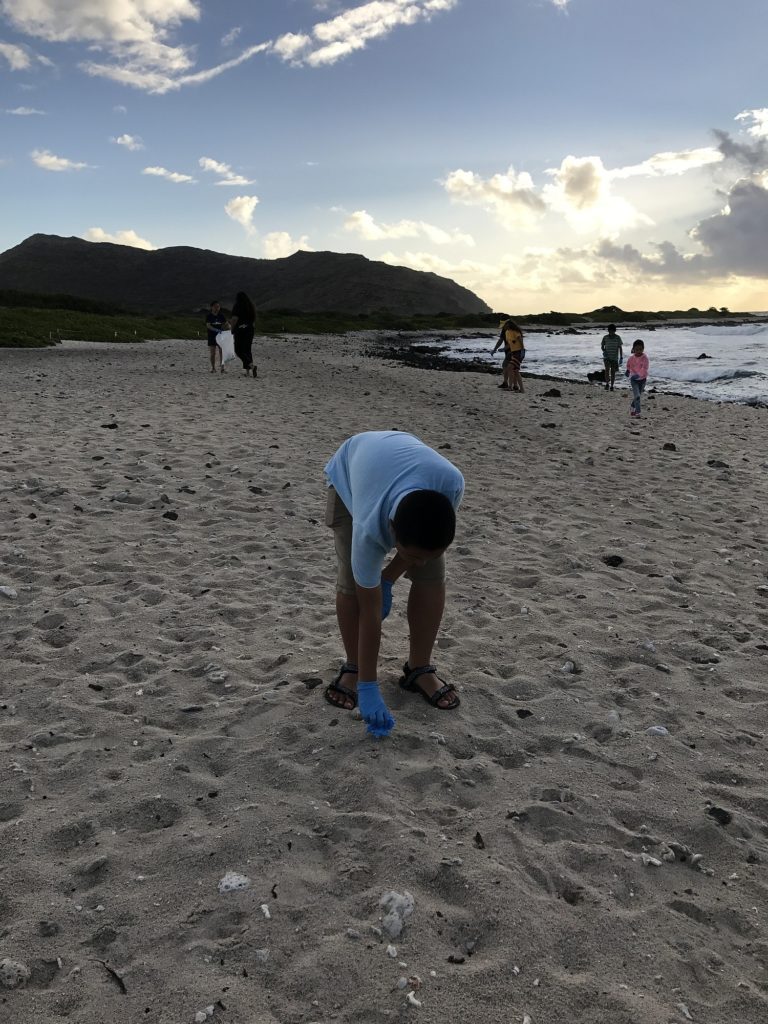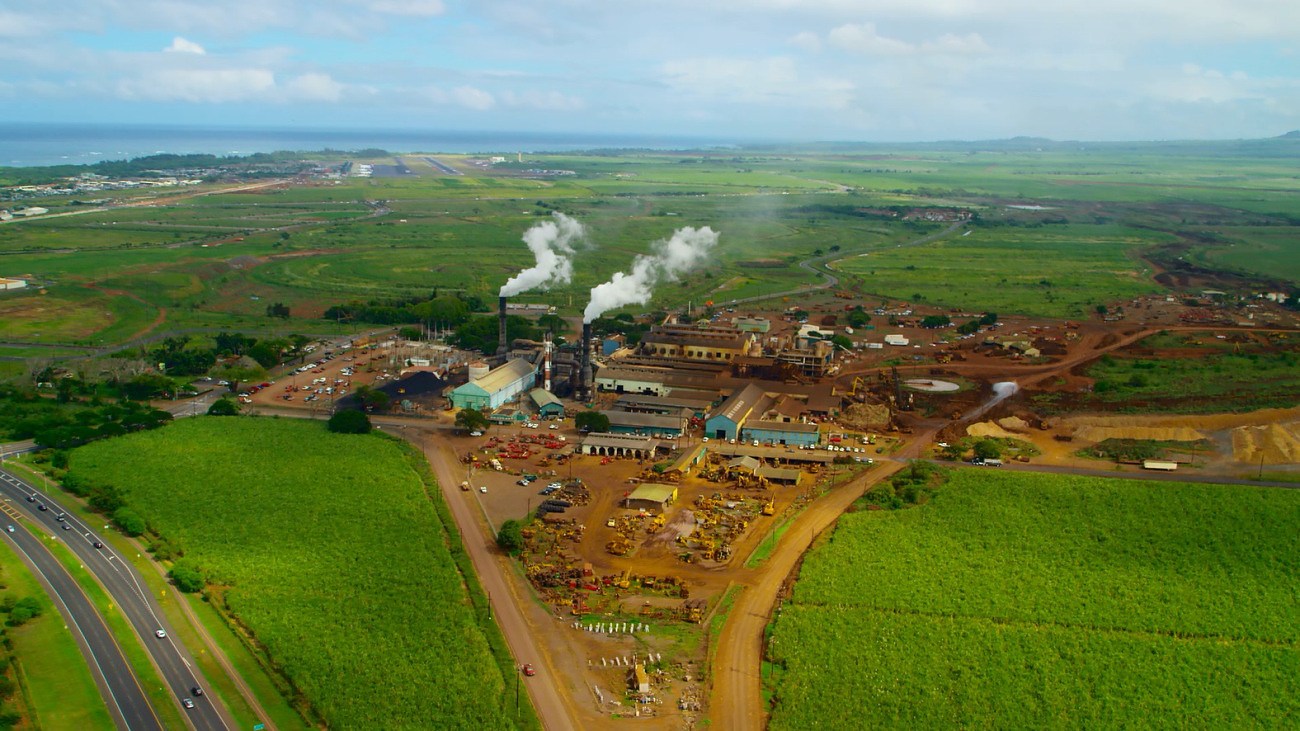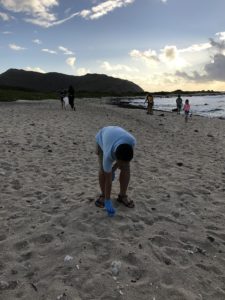
This summer Green Zhejiang, the parent organization of Qiantang River Waterkeeper, once again brought a group of students to Hawai‘i to explore its culture and environment. Unlike the past two trips, this time a local Waterkeeper – the first of its kind in Hawai‘i – was there to accompany the Green Zhejiang’s Nature Expedition Team.
O‘ahu Waterkeeper Rhiannon Tereari’i Chandler-‘Īao (Rae) guided the students of Qiantang River Waterkeeper on a cultural and historical tour of her home island during a day trip to Maui. The group visited many places including Kanaha Pond State Wildlife Sanctuary, Kepaniwai Heritage Gardens Park, Sun Mei’s ranch (brother of Sun Yat-sen, first president and founding father of the Republic of China) and the Sacred Heiau (Hawaiian temple) named Kukuipuka in Kahakuloa.
At a gas station in the town of Keokea, Rae explained to the group that the area from Keokea down to the oceanfront in Kihei was once owned by Sun Mei. The gas station, along with some of the houses and businesses around it, were once part of the Chinatown of Maui during the plantation era.
Many of these places were dealing with a common problem — water needed for healthy ecosystems and cultural practices had been diverted for the plantation.
Until recently, Maui was home to the largest sugar cane plantation in Hawai‘i farmed by immigrant workers from Asia and Europe who began arriving in Hawai’i in the early 1850s. The Chinese contract workers were among the first groups to migrate to Hawai‘i. Other immigrant groups included the Japanese, Koreans, Russians, Portuguese, Puerto Ricans and Filipinos.

Although the plantation was once very profitable, the water it required was not sustainable — it takes about 500,000 gallons of water to process one ton of sugar. Many rivers were diverted for the plantation, including one in the Kepaniwai Heritage Gardens Park (Wailuku River). The river was nearly dry due to water intake for sugar cane processing factories owned by Hawaiian Commercial & Sugar Company (HC&S).
To the relief and happiness of those who wanted to utilize the river for recreation and cultural practices, sugar operations were phased out of the HC&S plantation in 2016. For the first time since 1835, there are no operating sugar plantations in Hawai‘i.
It took ten years of litigation against HC&S, led by Earthjustice, but water now flows through the river. This individual case provides a small glimpse of the 150 years of water conflicts between sugar plantations and the people defending natural resources in Hawai‘i.
Though the plantation era is ending, the booming tourism and development industries across the islands have brought new environmental problems. On August 15, 2017, Rae and her colleague Jill took the students of Qiantang River Waterkeeper on a beach cleanup near the East Shore of O‘ahu Island. Although waking up at 5 AM might be hard, hearing Jill sing to welcome the sun at 6 AM and doing a beach clean up afterward was all worthwhile. In addition to the cleanup, the students got to see and learn about the large, ancient fishpond in Hawai‘i Kai that developed into a crowded residential area.
Thanks to O‘ahu Waterkeeper, the students of Qiantang River Waterkeeper were able to better understand the environmental problems of Hawai‘i and get great insight into the ongoing efforts to restore Hawai‘i’s natural habitat. Although O‘ahu Waterkeeper is a new member of the Waterkeeper movement, Rae has been active in environmental and water issues since her college years, conducting wetland restoration near the Kanaha Pond and organizing beach and marine debris cleanups.
 Most recently, in partnership with the Richardson School of Law’s Environmental Law Clinic, she helped native Hawaiian families document their water rights as a part of ongoing stream flow restoration efforts.
Most recently, in partnership with the Richardson School of Law’s Environmental Law Clinic, she helped native Hawaiian families document their water rights as a part of ongoing stream flow restoration efforts.
Waterkeeper Alliance and the entire Waterkeeper movement is excited to have Rae as the first Waterkeeper in Hawai‘i — and Qiantang River Waterkeeper is excited to bring another group of students to Hawai‘i next summer.
To read about this trip in Chinese, see here.
